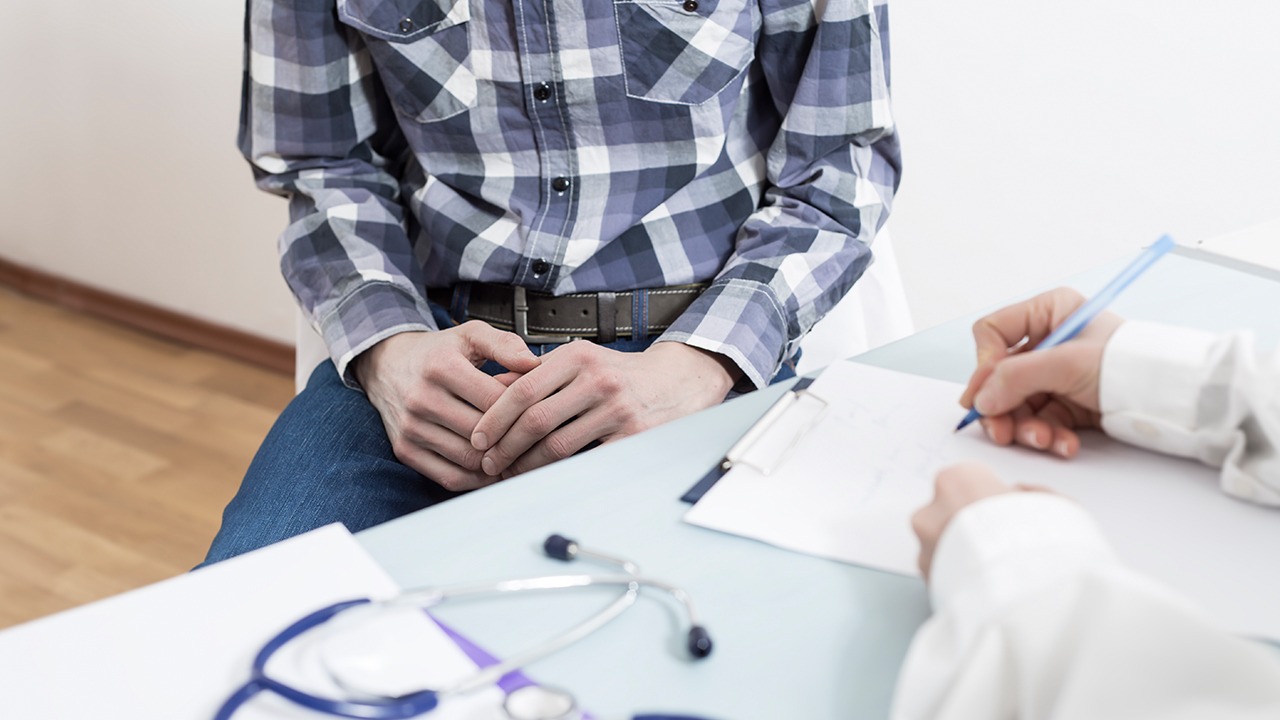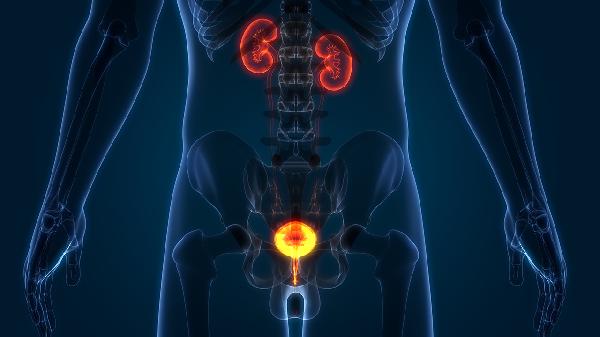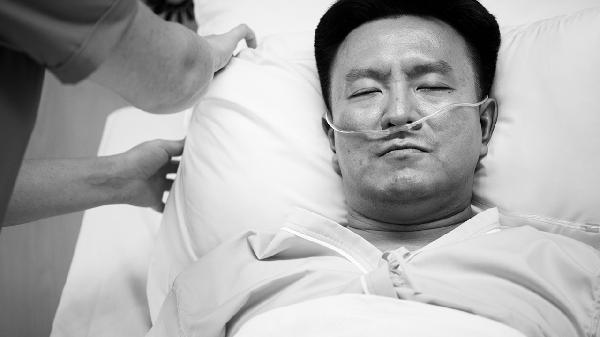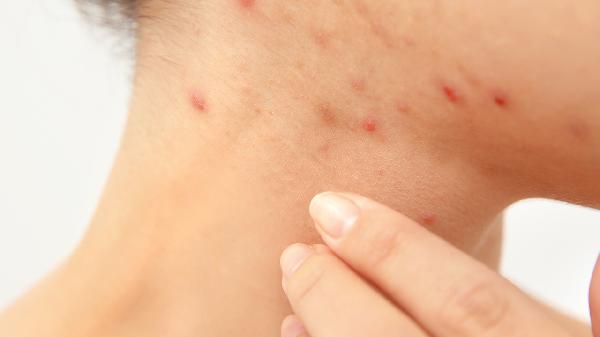Pseudocondyloma of the vulva is largely transmitted through contact, hence it is essential to prevent contact-related infections. Encourage showering over bathing in public baths, avoid sitting directly on the bath seat after bathing, refrain from sharing inner garments and bathing products, use squat toilets in public restrooms as much as possible, and wash hands with soap before using the toilet, among other measures. These can significantly help in preventing the infection and onset of pseudocondyloma of the vulva.

Prevention of Pseudocondyloma of the Vulva
1. Early Detection and Treatment
For individuals who have had contact with sexually transmitted diseases (STDs), it is crucial to monitor for any abnormal changes in the genital area. They should also undergo relevant examinations to ensure early detection, diagnosis, and treatment.
2. Promoting Educational Campaigns
This is a societal responsibility. Educational campaigns need to be thorough, reaching all levels of society, with particular emphasis on adolescents. Both males and females should be educated about STDs, including their transmission routes and characteristics, and the harm they inflict on physical and mental health. Public awareness should be enhanced through these campaigns, fostering a sense of responsibility towards family and society, and strengthening self-protection awareness. The ultimate goal is to encourage everyone to maintain personal hygiene and reduce the chance of infections, such as pseudocondyloma of the vulva.
3. Strict Self-Discipline and Maintaining a Positive Attitude
Before the disease is fully cured, it is imperative to control personal desires and refrain from sexual activity to prevent transmission to others. Avoid sexual intercourse, refrain from bathing or swimming in public pools, and do not use other people's personal items. Even after treatment when there are no apparent signs of pseudocondyloma, these measures should be adhered to for a significant period, at least six months. If there are no signs of pseudocondyloma, the use of condoms during intercourse is recommended to reduce the risk of transmitting pseudocondyloma and HPV.
4. Avoiding Unsafe Sexual Practices
For those whose sexual partners have pseudocondyloma of the vulva, related tests should be conducted to check for infection. Since most reinfections in pseudocondyloma patients are linked to their partners' own infection with pseudocondyloma and HPV, it is crucial to avoid sexual contact to reduce the chance of reinfection after treatment. Educate people about the safety of random sexual behavior, encourage changes in sexual behavior patterns, and thereby reduce the risk of developing pseudocondyloma of the vulva.
























